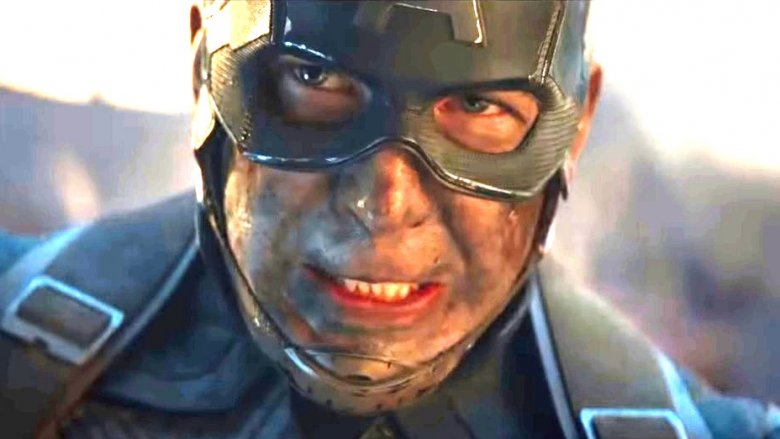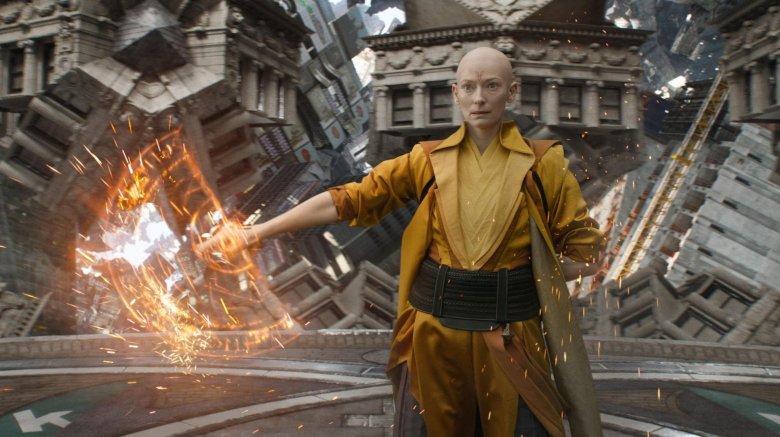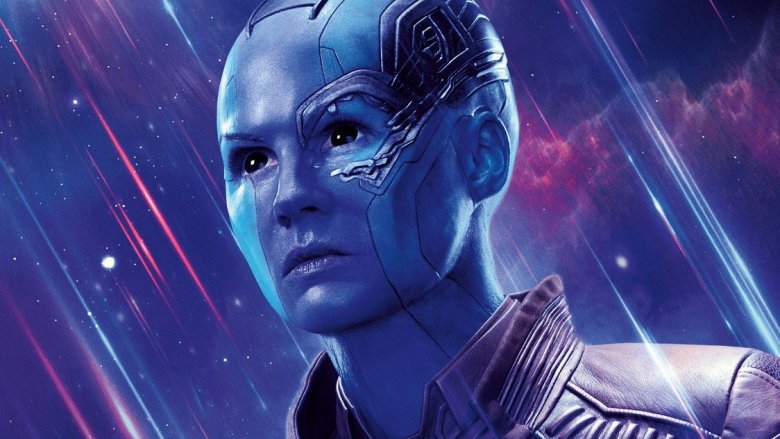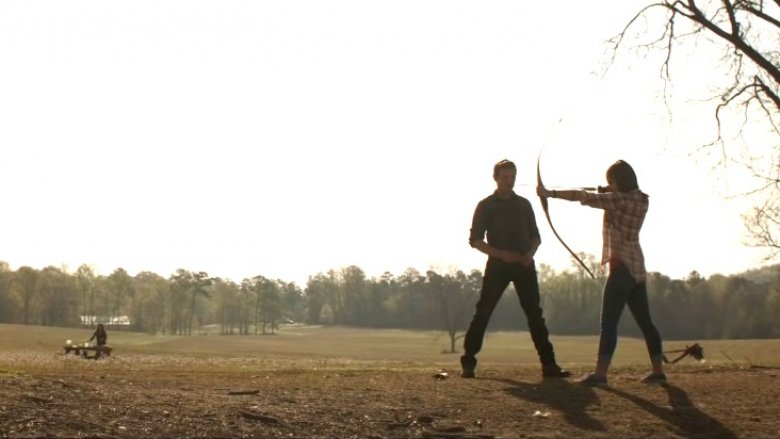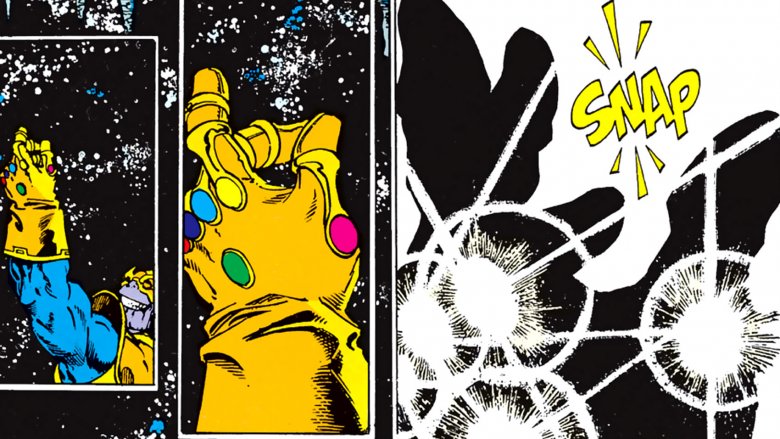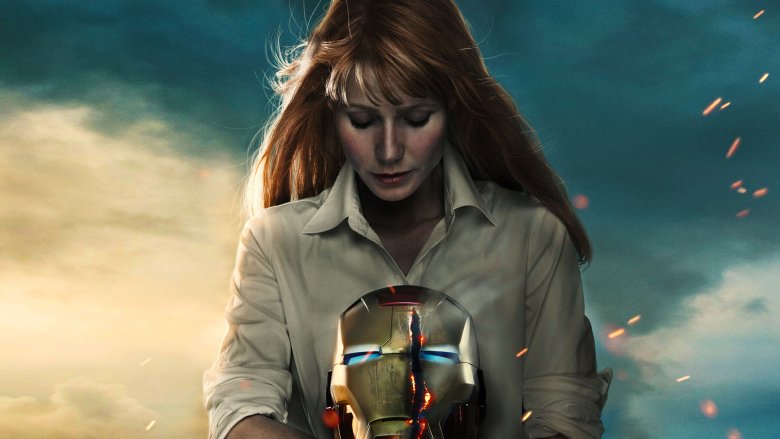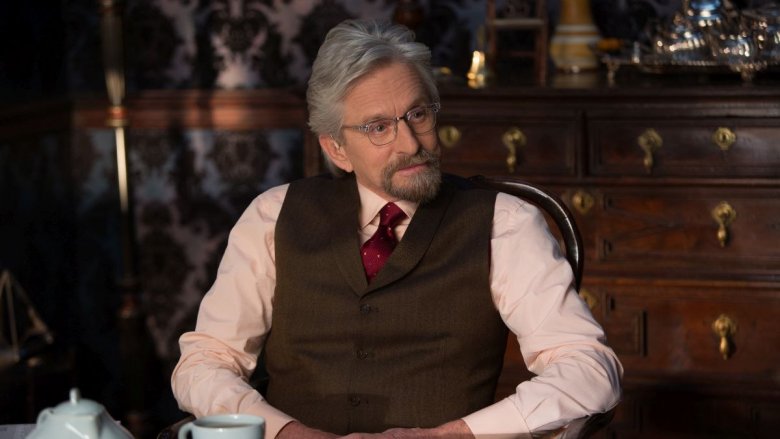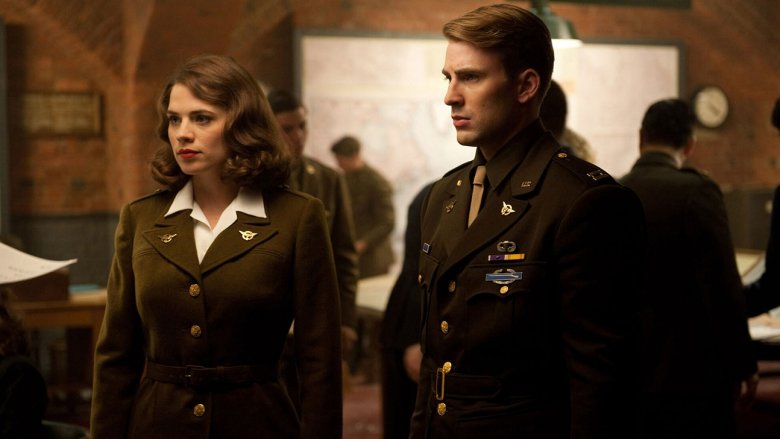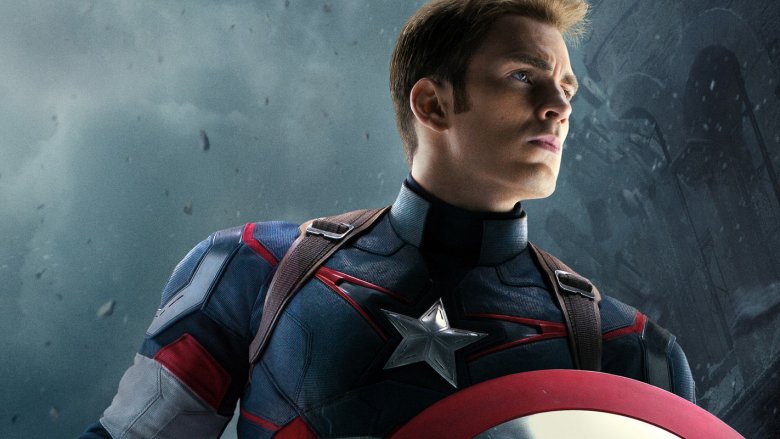Plot Holes In Avengers Endgame Everyone Ignored
Like Infinity War before it, Avengers: Endgame is a marvel of storytelling, threading together plots from across 11 years and 11 franchises to tell its ambitious story.
After the third Avengers movie concluded with a devastating, unprecedented sense of loss, Endgame was left with the unenviable task of moving the story forward toward some kind of victory for Earth's Mightiest Heroes — something that brought back all of the deceased Avengers without ruining the impact of Infinity War. If critic reviews, audience reactions, and record-setting box office numbers are anything to go by, this movie seems to have pulled off that gargantuan task. It's impressive to be sure, but is the execution perfect? No — not really.
Throughout its three-hour runtime, Endgame takes some narrative turns that teeter on the edge of nonsense, and some of screenwriters' choices threaten to ruin the movie if you think about them too hard. Be wary of spoilers as we break down the biggest plot holes in Avengers: Endgame that everybody just ignored.
What do I know?
There is no narrative device more problematic than time travel, and Endgame jumps in with both feet.
During the film's time heist, Bruce Banner visits the Sanctum Sanctorum in 2012 New York City. He's searching for Dr. Strange, to borrow the time stone he's known to guard. But instead of Strange, he finds the Ancient One, Strange's mentor, who doesn't meet the doctor until the events of his movie in 2016.
Despite Strange not yet being the Sorcerer Supreme, the Ancient One has full knowledge of who he is, and hearing that he gives away the Time Stone in the future is enough to convince her to give up her own stone as a part of Strange's plan. That's how much she trusts him — as she puts it, "Strange is meant to be the best of us." It's presented as a foregone conclusion that she's already intimately aware of.
But this doesn't match up with what we've seen before. In the Doctor Strange movie, the Ancient One presents private doubts as to whether she'll even train Strange, confiding in Mordo that she cannot take him on as a student, lest she "lose him to the darkness." Mordo has to convince her to train him, which flatly contradicts what Endgame tells us.
It'd make sense for the Ancient One to put up a front for Strange himself, but why would she doubt him when he's not even in the room? It's not magic — just a little plot hole between movies.
Delivered to your door
Just as Peter Quill sent the Avengers' plan off the rails in Infinity War, Nebula nearly ruins everything in Endgame. Thanks to her always-on wi-fi, she is found, captured, and replaced by her younger counterpart in 2014, with her past self following the Avengers into the future on Thanos' behalf. Once there, she flips some switches on the team's quantum tunnel, targets Thanos' ship, and opens a portal to bring him through. Afterwards, the final battle kicks in so fast that you're left with no time to figure out what exactly just happened. How did she do that? What did she do?
When the Avengers' Nebula is sent back to help retrieve the Power Stone, she leaves with only enough Pym Particles for a return trip — particles which 2014 Nebula presumably uses in her place. She then uses the quantum tunnel to target Thanos' ship and pull it into the future, with Thanos' ship somehow able to enter the Quantum Realm without the help of any Pym tech. But how?
This scene also raises another big question. If it's possible for the 2014 Nebula to target objects and pull them through time, why didn't the Avengers do exactly that with the Infinity Stones themselves? If Nebula can bring a ship through, why couldn't they bring some rocks through?
You can come up with all kinds of solutions for this, but the movie doesn't present any — it just starts the explosions and crosses its fingers, hoping you won't think too hard about it.
What time is it?
It's hard to argue with the power of Endgame's opening. After sitting out the events of Infinity War, Clint Barton is seen spending time with his family, under house arrest, doing some archery and having a picnic in the middle of the day. When his family suddenly disappears, he's clued into the fact that something has gone terribly wrong, setting him down a five-year path toward becoming a roaming samurai of aimless rage.
All of that? All of that is cool. But what doesn't work, if you think about it, is the time frame of this scene. The problem is plain as day — Wakanda is in Africa, and Hawkeye's home is in North America. If the sun is up in Wakanda during Thanos' snap, then it should be dark on the other side of the planet, where Clint is. Unless it just takes 12 hours for the events of the snap to reach the other side of the world — which is clearly not the case, since Infinity War showed us other planets getting dusted at the time of the snap — then this is a simple contradiction that doesn't make sense, no matter how you slice it.
Is the scene good? Of course. Does it make sense? Nope — but you certainly don't need to let the rules of reality dictate whether or not you can enjoy a Marvel movie. Honestly, that train left the station sometime around the midway point of the first Iron Man.
Snaps all around
At the end of Infinity War, Thanos kills half of the universe with a snap of his fingers. It's a flourish of a move that's ripped straight out of the comic books, and a gesture that became instantly iconic. But Endgame treats snapping your fingers as though it's an essential part of the way the Gauntlet works, so much so that Captain Marvel is able to stop Thanos from destroying the universe during the movie's final battle by holding onto his middle finger, preventing him from pulling off a snap.
But here's the thing — you shouldn't have to snap your fingers to exert the power of the Infinity Gauntlet. This isn't how it works in the comics or the movies. While the Thanos of the movies has a tendency to close his fist while wielding the Gauntlet's powers, there are several instances shown in which mere thought is enough to activate it — like when he throws a moon at the Avengers on Titan. Once Thanos gets the Gauntlet on his hand, he should be able to rewrite reality with little more than sheer willpower — from what the movies and the comics that inspired them have shown us, you don't need to snap your fingers to have it grant your wish.
Rescue signal
Relative to all the movies that came before it, Endgame is like a fire hose of fan-service — especially the final battle, in which dozens of characters line up to fight like a living comics splash page. It's an event that fans have spent years waiting for, but plenty of people still had to ask — what exactly is Pepper Potts doing there? And how did she know to show up?
We can readily accept the notion that the CEO of Stark Industries has become proficient at piloting her own Rescue armor over the years. It's not a stretch of the imagination that she'd learn the ropes of combat off-screen, especially after Iron Man 3 saw her vanquish the villain herself while briefly supercharged by Extremis. She has as much of a right to fight as anybody else in the MCU — but the question is, who called her?
The epic return of all the Avengers post-revival is implied to have been coordinated by Dr. Strange, who got a hold of the other sorcerers on Earth and immediately set about reuniting every fighter for a showdown at Avengers HQ. But how did he know to call Pepper, who didn't suit up in her own suit until long after Strange was dead? Would he even know where she lives? Who exactly thought to call her up? Whatever the specifics are, we now live in a universe where Pepper freaking Potts got a shot off on Thanos, and that's pretty remarkable, whether you like it or not.
Renewable resources
Much is made of the stakes at play in the Avengers' time heist gambit. On top of playing with forces they don't quite understand, facing a threat that soundly beat them before, the Avengers are also dealing with a case of limited resources. As Scott Lang tells everyone, the time travel trickery of the Quantum Realm relies entirely on the proprietary Pym Particles invented by Hank Pym, who in death is unable to create any more of them. If they use up their supply on the heist without succeeding, that's it — they lose.
But the answer to this conundrum is right in front of the Avengers the whole time, and it's kind of shocking that Scott, a career thief, didn't think of it. Instead of starting off their journey by trying to get the stones, why didn't they begin by going back in time and stealing all of the Pym Particles they were going to need?
Think about it — if the past can be mined for Infinity Stones and magic hammers, it can certainly be mined for Pym Particles. Even if they use them up and don't return them, Hank can just invent more. Sure, it's possible that stealing the particles and not replacing them will create a slightly different timeline, but this hardly feels like a big transgression, considering all the other maverick improvisation the team gets up to during the heist. The only reason the writers didn't take this route is probably because it would've lowered the story's stakes.
Captain America's bogus journey
Everyone's got an opinion about Captain America going back into the past to live a life with Peggy Carter. Some people love it, while others think it betrays his character. We're not concerned about any of that — we're still trying to figure out how Old Cap showed up in the prime timeline.
Endgame makes its time travel rules very clear. It's not Back to the Future style, where changing the past can change the future. Here's how Professor Hulk explains it: "If you travel to the past, that past becomes your future, and your former present becomes the past, which can't now be changed by your new future." It's all pretty simple — changes to the past cause different timelines. So why and how does Captain America going into the past in the prime timeline lead to him growing old and living a life in the prime timeline?
In the MCU so far, Steve Rogers has gone under the ice, hibernated for nearly 70 years, and been revived to live a decade or so as one of Earth's mightiest heroes. As Endgame closes, he goes back into the past to catch up on that date he missed with Peggy. That past is now his future — a new future, independent of the one he previously hibernated in. It should have caused an alternate timeline. Instead, it's implied that Steve went to the past of the prime timeline, which completely goes against how Hulk says time travel works.
Whose shield is it, anyway?
Some people believe that Steve going into the past and living out his days as Peggy's husband is a simple closed loop — that he always married Peggy, and just stayed off-screen during young Steve's reunion with old Peggy during their meetup in The Winter Soldier. In this theory, there have always been two Steves — one's just been secretly retired.
Here's a question that will make you question whether or not that theory works: where did Old Steve get his shield?
Endgame's final battle results in the destruction of Captain America's shield, leaving it cleaved in two by Thanos' blade. He does not take the shield back to the past with him. But when Old Steve shows up next to the pond, he has a shield in pristine condition. How?
If Steve's time-hopping life is a closed loop, then there should only be one shield to go around. If Cap somehow stole his own shield while his younger self was under the ice, then that would mean there would be no shield for his younger self to receive upon waking up, creating exactly the kind of paradox that this movie's time travel rules are supposed to avoid.
So is Old Cap from another timeline, and just came over to drop a shield off with Falcon? If so, how'd he get back to the prime timeline as a 100-something-year-old man? Maybe it's not the real Cap at all — maybe it's just a gigantic plot hole that it'd be best for everyone to stop thinking about.
